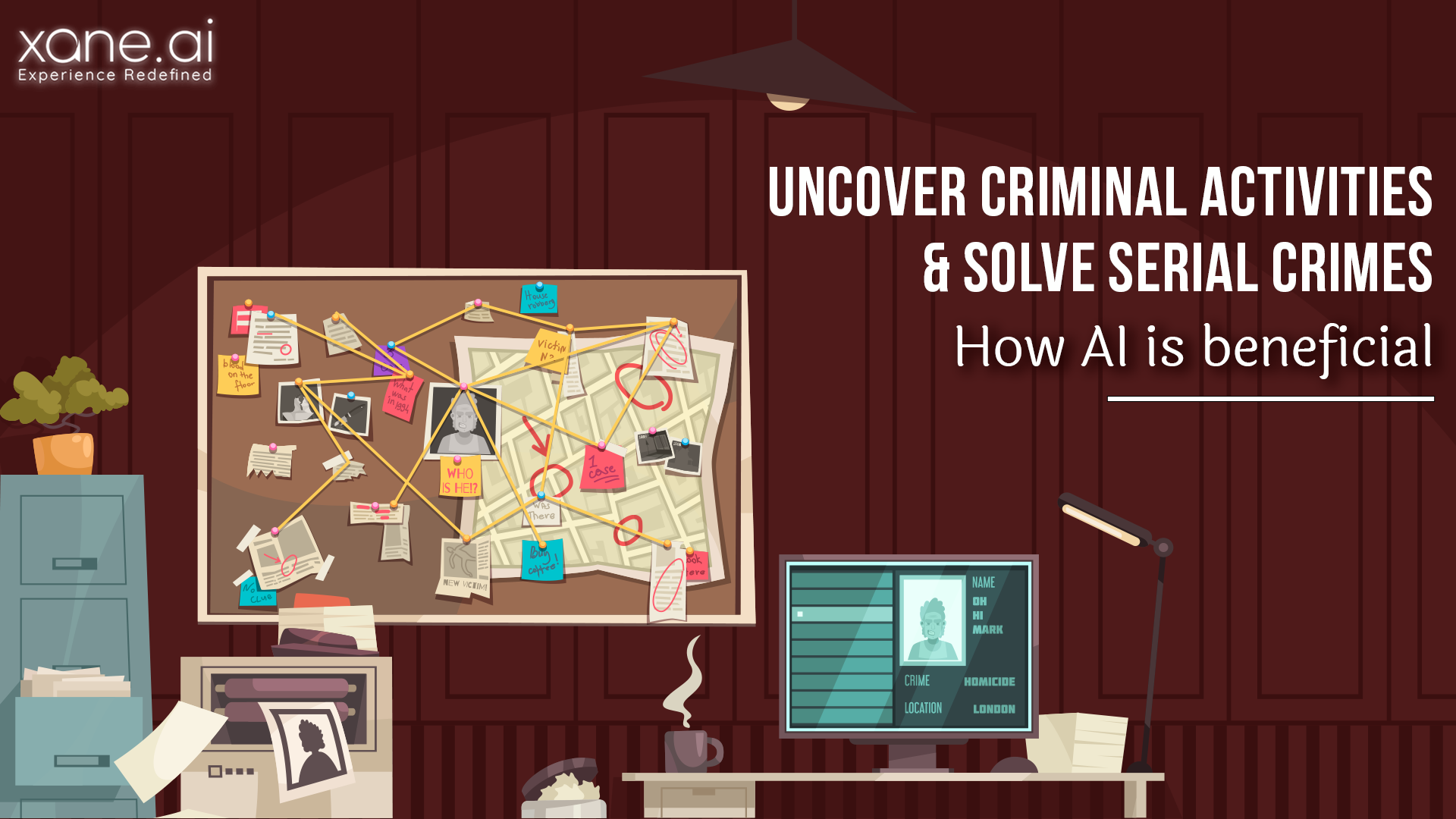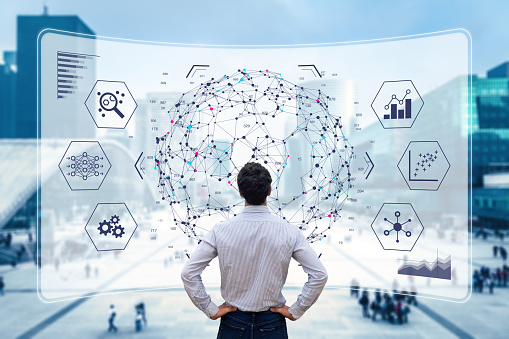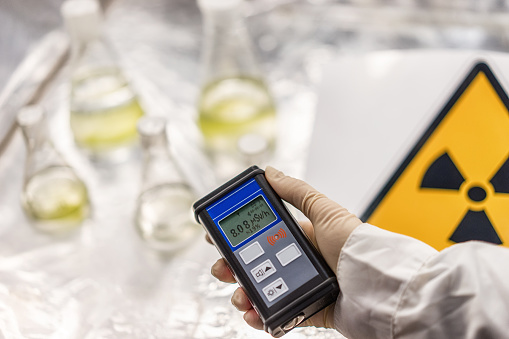
23 May How AI Helps to Uncover Criminal Activities and Solve Serial Crimes
Blog by Oluwasegun Oke
Plotting violent crimes had gotten easier from time immemorial, and human frantic security interventions, through, for instance, bounty placements, and intense neighbourhood watch, brought down most streaks of injustice, throughout the 18th and 19th centuries. Then came a modern era, where the first and second technological revolutions had taken place, leading to unrestrained development, utilisation, and flooding of sovereign states, with remotely proficient arms and ammunitions, of which criminal masterminds have irreversibly acquired, till date, to build and uphold their malicious and inhuman intents. And guess what, along with these revolutions, came endlessly, problematic tactics and sophisticated links, that underworld crime syndicates have willingly embraced to wreak havoc, enforce their will, and create a state of chaos. And these explain why most efforts aimed at uprooting the despotic values and notorious foundations, laid down by hardened criminals, and serial murderers, have for so long, been kept viral and unsubdued, due to the adoption of preprogrammed technological systems and one-dimensional methodologies. However, artificial intelligence and machine learning have the cutting-edge technology and widely revered potential to uncover, extensive crime imprints, through swift detection, and prevention of crimes.
By these, the days of piling criminal report files into different categories and sections, for investigative analysis are now over, given the power of AI and machine learning to extract evidence, from databases, using high-tech instruments, which are fast, reliable, and sufficient enough, to identify culprits, to bring them to justice. (writing words next to crime scenes pictures and other objects, in order to draw up a perfect conclusion) The technology from behavioural sciences, facial and pattern recognition, coupled with the advent of neural networks, provide a great data analytic option and timely precision, with no utilisation of annotations (writing words next to crime scenes pictures, and other objects, in order to draw up a perfect conclusion), which may take up precious time, and breed inconsistencies. Therefore, accurate detection by algorithms works best when high-resolution pictures, are fed into a computer, to obtain high-quality data models, with imprinted information, from activities of some previous crime syndicates, serial killers, and other related photos, retrieved from the background of crime scenes, from associated cities, where different degrees of impressions of atrocities had been committed.
Major Applications of AI and Machine Learning in Uncovering Crimes
It is therefore never an option for government and private institutions to join in and leverage the exponents of AI-enabled technologies to bring down and control crime waves, through up-to-date instruments, including integrated capabilities of machine learning to detect and sort out the most repugnant violent crimes. As banks, Insurance groups, manufacturing industries, and other commercial entities, now deploy the use of sophisticated algorithms software, to curb and reduce fraudulent activities, staff illicit trading, and other unwholesome practices, to prevent subsequently loses and improve ROI. These entities make use of sophisticated technologies, to contain cases of security breaches, and restore brand credibility, by proactively employing tactics and imprints, associated with algorithms – which are cost-effective and easily accessible. Especially during this post-covid 19 era, where annual budgets of most organizations are winding down, by the hour. Expectedly, we can always pinpoint certain clusters of events, as being the leading causes of a crime scene. Expectedly, we can always pinpoint certain clusters of events, as being the leading causes of a crime scene. But the actuality of most violent acts, most times, technical defies instruments, as they depict complex human behavioural patterns, that trained investigative journalists and aced criminologists, may fail to get a clue of. And today, we shall discuss, as outlined below, the important ways AI has mapped up plans for the future, by proactively unraveling the patterns in most criminal acts:
Predicting where Violent Crimes may Occur
Pre-trial Releases Assessment
Many factors go into whether a hardened criminal is worthy of being released, before standing trial. We have seen repeated cases where many serious offenders, eventually defied authority judiciary instruments, whenever their counsels manipulated inherent loopholes, in the system, thereby exposing both the plaintiff and the general public to potential risks of avoidable violent attacks, threats, and even death.
Besides, judges’ final verdicts are sometimes clouded with incorrect permutations and shrouded with personal sentiments, including hard-wired formal education orientations, which may not be applicable in some decision-making assessments. By contrast, AI and machine learning have the necessary inbuilt features that can help in evaluating if a suspect or a criminal’s prior convictions, cases of assaults, murders, terrorism acts, and other related grave offense, have been found threatening enough to not grant a pretrial release, as appropriate. Notwithstanding, for algorithms to make accurate decisions, it requires large-scale and high-quality datasets, such as case studies for the pretrial data, about to be inputted, so as to increase precision and function with maximum effectiveness. Notwithstanding, for algorithms to make accurate decisions, it requires large scale and high-quality datasets, such as case studies for the pretrial data, about to be inputted, so as to increase precision, and function with maximum effectiveness.
Discovering the Identity of Suspects before Imminent Crimes
There was once, a case of the most wanted serial killer, in America, who had become a ruthless enigma, using the internet to lure victims, to different remote locations, and eventually killing them while posing as a businessman. His aggressive encounters and vicious hunting circles went on undetected, until AI and machine learning were introduced, to trace the patterns of his trademark, catchphrases, and profiling through writing materials, he had previously sent to dead victims. And in the end, these patterns were used to trace back and identify his next victim, which eventually led to his arrest. In the same way, algorithms can filter, detect and identify suspicious messages, exchanged, over the internet, by terrorist groups, and alert the appropriate authority.
Human Trafficking
Trafficking of many desperate immigrants, through bohemian employment agreements, and outright communicated and fully complied un-agitated sex and unskilled labor arrangements, to travel abroad, meant to transform lives, under a false pretense, can turn deadly. As these victims may end up in crowded International shipping containers, and meet their heavenly maker, in a blink of an eye. These unnecessary and illicit arrangements can be curtailed, short-lived, detected, unraveled, and prevented from exacerbating into a continual human catastrophe, before it becomes a norm. And it all comes down to integrating previous data of the port working environments, with AI and Machine learning capabilities, to scan subsequent shipping containers, for inward patterns and detect inconsistencies, so as to address the scourge, in a few hours. And by contrast, this same operation would have taken days, using manual labor, which includes opening one container at a time.
Distribution of Illegal Products
States and governments’ regulated borders, often put up checking points, toll gates, and other security frameworks, to detect the transportation of illegal goods across different territories. In a world where poverty and lack of jobs, have driven many to devise extreme tactics, with up-to-date and sophisticated approaches, of bypassing security installations, while trading in narcotics, marijuana, ecstasy, and other illicit, high-risk drugs, to get by. The introduction of AI, in this case, can optimally check these excesses, by scanning illicit goods-laden trailers, cars, and buses, to identify irregularities. And by contrast, it may take even days for a trained dog, to do the same, by sniffing out life-endangering drugs, which are prohibited under civil law.
Gunfire Detection
More-so, It has been recently reported how life-threatening gunfire incidents take place without constraints, detection, investigation, and even public knowledge. This is an alarming trend, with the grave potential of becoming an armageddon, if unchecked. The good news is that AI technology offers exceptional alternatives, using connected multiple sensors, placed across smart cities’ infrastructures, to detect and record, the instant and location, where the gunfire had gone off, as well as trigger and activate alert mechanisms, that end up on the computer screens of the approximate police departments. AI is able to do this, for culprits to be arrested and face the full wrath of the law.
Provides High-accuracy Detection of Items on Crime Scenes
It also entails filtering large collections of pictures of related categories, from a series of previous homicide encounters, with characteristics of similar items, such as tattoos and occulted titles, to solve violent crimes, by matching orientations, and identifying clues, such that it points out the locations of the perpetrators, or otherwise, opening up possible links, of suspects, for further investigation. These are rich crime waves’ models, with AI-enabled potential of determining if items found on crime scenes match those of previous records, or are worth investigating. It also entails filtering large collections of pictures of related categories, from a series of previous homicide encounters, with characteristics of similar items, such as tattoos and occultic titles, to solve violent crimes, by matching orientations, and identifying clues, such that it points out the locations of the perpetrators, or otherwise, opening up possible links, of suspects, for further investigation.
Bomb Detection and Defusion
It is able to impact robots, the learning ability to perceive their environments, and defuse a bomb, by spotting, recognizing, and identifying its features, to remove such, and avert what may result in a large-scale humanitarian casualty.








